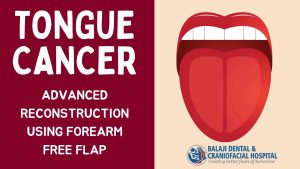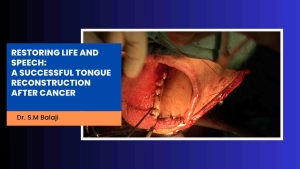[et_pb_section fb_built=”1″ _builder_version=”4.9.4″ _module_preset=”default”][et_pb_row _builder_version=”4.9.4″ _module_preset=”default”][et_pb_column type=”4_4″ _builder_version=”4.9.4″ _module_preset=”default”][et_pb_text _builder_version=”4.9.4″ _module_preset=”default”]
What is Facial Asymmetry?
When you examine your face in photos or the mirror, you can find that your features are not perfectly aligned. One ear may begin higher than the other, or one side of your nose may have a sharper point.
Asymmetry refers to having features that do not exactly mirror one another on both sides of the face.
Almost everybody has a degree of facial asymmetry. However, some instances of asymmetry are more obvious than others. Asymmetry may be caused by injury, aging, smoking, and other causes. Mild asymmetry that has always existed is considered natural.
However, recent, visible asymmetry can indicate the presence of a serious condition such as Bell’s palsy or a stroke. Continue reading to learn more about the causes of an asymmetrical face, as well as testing and treatment options.
What is Parry–Romberg syndrome?
Parry–Romberg syndrome (PRS) is a rare disorder that causes progressive shrinkage and degeneration of the tissues beneath the skin, typically on one side of the face (hemifacial atrophy), but also affecting other parts of the body.
Facial Asymmetry Correction with Fat Graft for Parry Romberg Disease
This patient first noticed a developing asymmetry due to gradual atrophy of his left lower jaw a few years back and had been diagnosed with Parry Romberg disease. Parry Romberg disease could have a varied etiology including viral, traumatic, nervous system abnormalities or as an autoimmune disease.
He presented to our hospital seeking correction of his facial asymmetry. He was diagnosed to have atrophy of subdermal fat in the left mental/submental region. A full-thickness dermal fat graft was harvested from his inguinal region. This was then inserted into a submental pocket created at the region of the atrophy.
Minimal overcorrection was performed to allow for slight resorption of the fat graft. He was very pleased with the results of the surgery.
[/et_pb_text][/et_pb_column][/et_pb_row][/et_pb_section]






